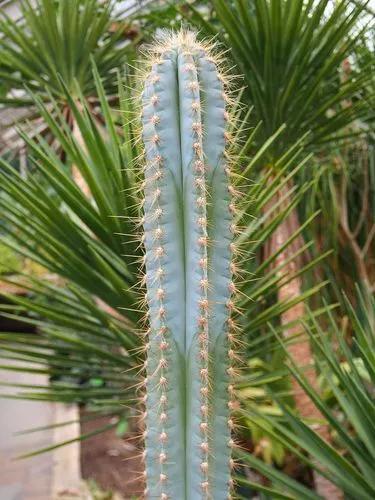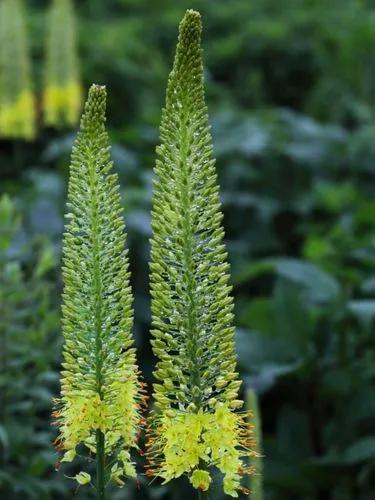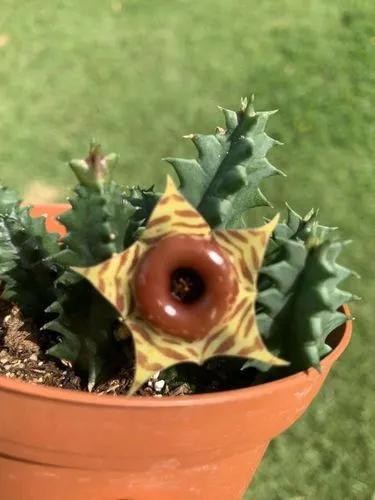The woolly cactus, part of the Espostoa genus, is a perfect decoration for eccentric plant parents. As a cactus should be, it's drought-tolerant and sturdy.
Woolly Cactus Care
Espostoa guentheri



The Woolly Cactus (Espostoa guentheri) is a rare cactus native to the Andes in South America. It's tall, covered in grayish-white hair, and has yellow to brownish-gray spines. This cactus can reach heights of 3 to 6 feet (approximately 0.9 to 1.8 meters) and has a diameter of about 0.17 feet (around 0.05 meters). It features six to twelve ribs and yellowish-brown spots called areoles.
How to Care for the Plant

Water

Since this cactus is desert-adapted, water it sparingly. Give a sip to the cactus once or twice a month when the soil is arid. Cut on waterings in winter! When your greenie is dormant, it's best to let them have their beauty sleep.

Pruning

Since Woolly Cactus grow slowly, prune sparingly. Trim overgrown or damaged stems with sharp pruning shears.

Fertilizer

During the growing season, a balanced fertilizer, such as 10-10-10, should be applied to the Woolly cactus every two to four weeks.

Sunlight

This plant thrives in bright, indirect sunlight. This species is exposed to direct sunlight in its natural habitat at certain times of the day. If growing the Woolly cactus indoors, ensure it gets three to four hours of direct sunlight daily.

Soil

This cactus requires a well-drained cactus mix and plenty of growing space. Optimal soil pH ranges between 5.5 and 6.5, which is slightly acidic. Ensure the potting mix remains evenly moist but not soaked throughout the growing season.

Propagation

Stem cuttings are the standard method of propagation for this plant. Allow the cut end of the stem to dry and callus before planting in a well-draining potting mix for cacti.

Temperature

This cactus prefers temperatures between 65-75°F (18-24°C). It's a desert plant! Don't overestimate this fact, though. Cacti can get sunburnt just like any other plants out there. Monitor your greenie's health.

Container

When planting this cactus, it is best to go for a broad and shallow pot. It allows the roots of the cactus to expand and prevents overwatering, the worst enemy of any plant parent. The soil should be well-draining and contain some organic matter to aid in water retention.

Fun fact

For the record, “woolly” doesn't mean fluffy! Touch the cactus at your own peril (it might sting you with its tiny hairs).

Popularity

777 people already have this plant 204 people have added this plant to their wishlists
Discover more plants with the list below
Popular articles






